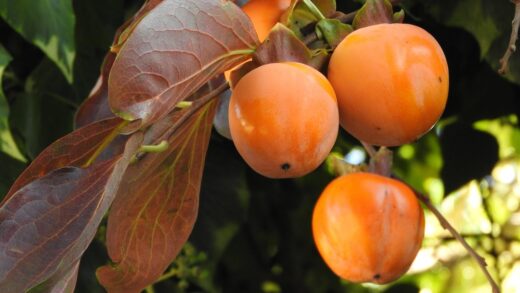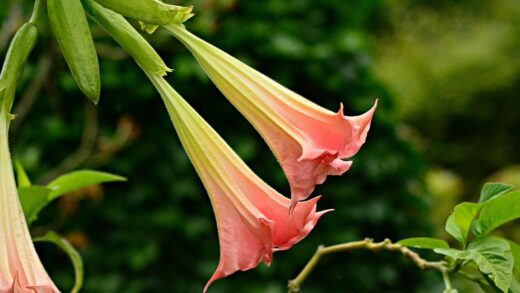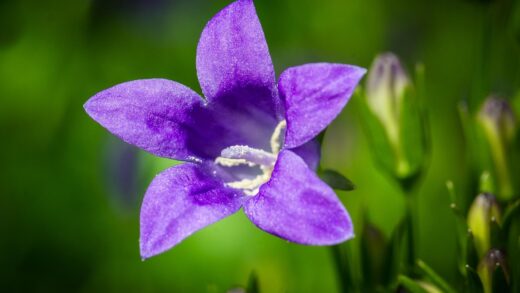The single most critical environmental factor for cultivating a magnificent Bidens ferulifolia is, without question, the provision of adequate sunlight. This plant is a quintessential sun-worshipper, and its entire performance, from the density of its foliage to the sheer quantity of its blooms, is directly proportional to the amount of direct sun it receives. Originating from sun-drenched regions, its genetic makeup is programmed to thrive in high-intensity light. Understanding and catering to this fundamental need is the primary key to unlocking the spectacular, season-long floral display that makes the gold of the balcony such a cherished addition to any sunny garden space, container, or hanging basket.
To achieve the most prolific flowering and maintain a compact, bushy habit, Bidens ferulifolia requires a minimum of six to eight hours of direct, unfiltered sunlight each day. Locations with a southern or western exposure are typically ideal, as they receive the most intense and prolonged periods of sun throughout the day. When situated in such a prime location, the plant will channel its energy into producing an almost unbelievable number of its signature bright, daisy-like flowers, often covering the foliage so completely that the plant appears as a solid mound of gold.
This requirement for full sun is non-negotiable for optimal performance. While the plant may survive in conditions with less light, its appearance will be drastically different and ultimately disappointing. In partial shade, it will produce significantly fewer flowers, and the blooms it does manage to create may be smaller and less vibrant. The plant’s growth habit will also suffer, as the stems will stretch and become elongated—a phenomenon known as etiolation—as they reach for more light, resulting in a sparse, leggy, and open appearance rather than the dense, cascading form it is known for.
Therefore, the very first consideration when deciding where to place your gold of the balcony should be an honest assessment of the available sunlight. Observe the potential location throughout the day to accurately gauge how many hours of direct sun it receives. Balconies, patios, window boxes, and open garden beds that are not shaded by trees, buildings, or other obstructions are the perfect stage for this sun-loving performer. Providing it with the light it craves is the most important step you can take to ensure a summer filled with its cheerful, golden radiance.
The effects of insufficient light
When Bidens ferulifolia is deprived of the sunlight it needs, it will exhibit a range of clear and unmistakable symptoms. As mentioned, the most immediate and noticeable effect is a dramatic reduction in flowering. The plant’s primary biological imperative is to survive, and in low-light conditions, it will prioritize its energy reserves for basic life-sustaining processes and vegetative growth rather than the energy-intensive act of producing flowers. You will see a plant that is predominantly green foliage, with only a few scattered blooms, a stark contrast to the profusion of color seen in a sun-drenched specimen.
More articles on this topic
The quality of the foliage and the overall structure of the plant will also be compromised. In an effort to capture more light, the internodes—the sections of stem between the leaves—will lengthen, leading to the characteristic leggy and spindly appearance. The foliage itself may be a lighter shade of green and may appear less dense. This open habit not only detracts from the plant’s aesthetic appeal but also makes it structurally weaker and more susceptible to damage from wind or rain.
Furthermore, a plant that is weakened by a lack of light is more vulnerable to pests and diseases. The stressed state of the plant makes it a more attractive target for common pests like aphids and spider mites. The reduced air circulation that can accompany a shaded location, combined with weaker plant tissues, also creates a more favorable environment for fungal diseases such as powdery mildew to take hold. A plant in the shade is simply not as robust or resilient as its counterpart growing in full sun.
If you notice these symptoms in your plant, the first and most effective course of action is to move it to a sunnier location. If a sunnier spot is not available, then it may be that Bidens ferulifolia is not the right plant for that particular space. It is always better to choose plants that are well-suited to the light conditions you can provide rather than trying to force a sun-loving plant to adapt to the shade, as the results will almost invariably be unsatisfactory.
The role of light in photosynthesis
To understand why sunlight is so crucial for the gold of the balcony, it is helpful to have a basic understanding of the process of photosynthesis. Photosynthesis is the biochemical process by which plants use light energy, water, and carbon dioxide to create their own food in the form of glucose (sugar). This glucose is the fuel that powers all of the plant’s activities, including growth, root development, and, most importantly for our purposes, the production of flowers. Light is the essential energy source that drives this entire process.
More articles on this topic
The chlorophyll in the plant’s leaves, which gives them their green color, is responsible for absorbing light energy. In high-light plants like Bidens, the photosynthetic machinery is highly efficient and geared for a high rate of energy production. When ample sunlight is available, the plant can produce a surplus of energy. This excess energy, beyond what is needed for basic survival and vegetative growth, is what is invested in the spectacular and prolific flowering that we desire.
In low-light conditions, the rate of photosynthesis slows down significantly. The plant is only able to produce enough energy to maintain its essential functions and perhaps a small amount of new leafy growth. There is simply no surplus energy available to be allocated to the demanding process of forming buds and flowers. This is the fundamental biological reason why a lack of sunlight directly translates into a lack of blooms.
Therefore, by providing your Bidens with at least six hours of direct sunlight, you are essentially providing it with the fuel it needs to perform its best. The intense light allows its photosynthetic “engine” to run at full capacity, generating the abundant energy required to support the continuous production of hundreds, if not thousands, of flowers over the course of the growing season. The link between light, energy, and flowering is direct and inseparable.
Acclimatization to light
While Bidens thrives in full sun, it is important to note that plants, especially young ones or those that have been grown in the lower-light conditions of a greenhouse, need to be acclimatized to intense, direct sunlight gradually. Abruptly moving a plant from a protected environment into the full force of the midday sun can cause the leaves to scorch, a condition where the leaf tissue is damaged by excessive light and heat, resulting in white or brown patches on the foliage.
This process of gradual acclimatization is known as hardening off. It should be done over a period of about a week to ten days. Start by placing the plant outdoors in a location that receives only morning sun and is protected from the harsh afternoon sun. Each day, gradually increase the number of hours of direct sunlight the plant is exposed to. This slow introduction allows the plant to build up its protective pigments and adjust the thickness of its leaf cuticle to cope with the higher light intensity.
This same principle applies when moving an overwintered plant back outdoors in the spring. After spending months in the low-light conditions of a cool garage or basement, its leaves will be very tender and highly susceptible to sunburn. The hardening off process is absolutely essential to prevent severe damage to the foliage and to ensure a smooth transition back to its outdoor growing environment.
Once the plant is fully acclimatized, it will be able to handle the full intensity of the sun without issue. This initial period of careful management is a small investment of time that pays huge dividends in the long-term health and performance of the plant. A properly hardened-off Bidens will be a vigorous and resilient plant, fully prepared to take advantage of the abundant light you provide it.


















